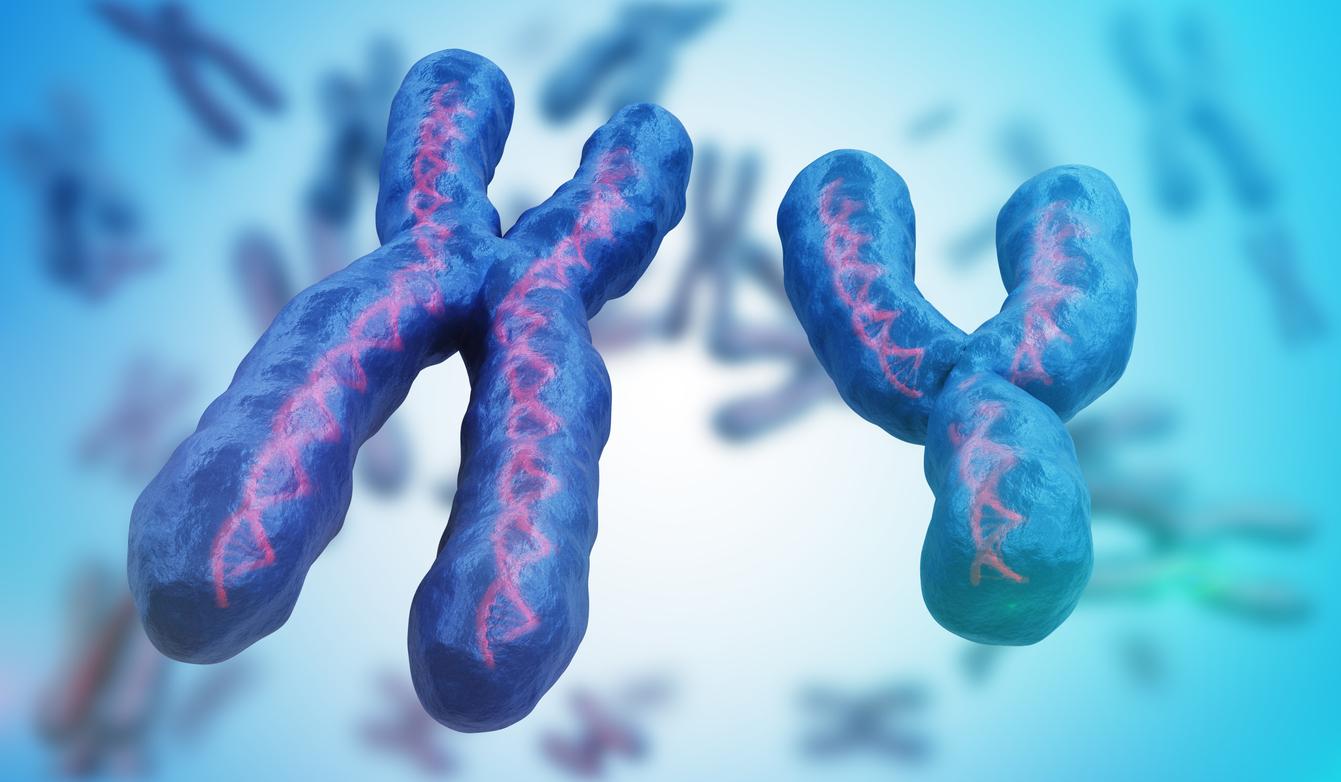
Monday, January 25, 2016: Researchers have identified a specific brain marker for autism, detectable by MRI and present from the age of two.
The study, conducted by researchers from CNRS, from the University of Aix-Marseille and the AP-HM, shows that this anomaly consists of a shallower fold in the area of Broca, a region of the brain dedicated to language and communication.
The researchers observed the sulcal pits (the deepest point in each groove in the cerebral cortex) of 102 boys aged 2 to 10 years. Three groups were formed: a group made up of children with typical autism, a second made up of children with pervasive behavioral disorders and a third made up of children without autism spectrum disorders.
By comparing the three groups, the researchers found that in the Broca area, the maximum depth of a furrow was less in children with autism than in others.
This discovery could help diagnose autism and allow for earlier treatment. Today, autism is detected on average at the age of 4 and a half, based on observation of children and interviews with parents.















